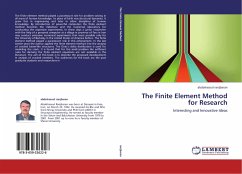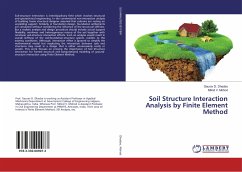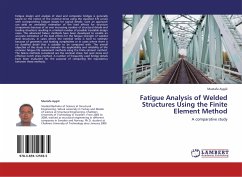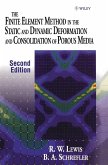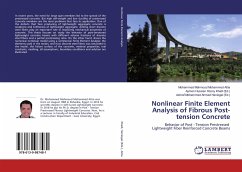The finite element method played a paramount role for problem solving in all areas of human knowledge. Its place of birth was structural dynamics. It grew first in engineering and later in other disciplines of human knowledge. By introduction of powerful computers the finite element method becomes the milestone and the numerical laboratory for conducting the expensive experiments. In these days a junior researcher with the help of a personal computer at a village in province of Fars in Iran may conduct extensive numerical experiments that were possible only for the University of Berkeley in the United States of America before. The finite element method played a paramount role in this achievement. In the last twelve years the author applied the finite element method into the analysis of cracked beam-like structures. The Dirac's delta distribution is used for modeling the crack. It is found that for this small problem the sufficient rules for deriving the finite element equations are not available in the literature. The aim of this book is to describe the proposed developments in analysis of cracked members. The audiences for the book are the post graduate students and researchers in
Bitte wählen Sie Ihr Anliegen aus.
Rechnungen
Retourenschein anfordern
Bestellstatus
Storno

